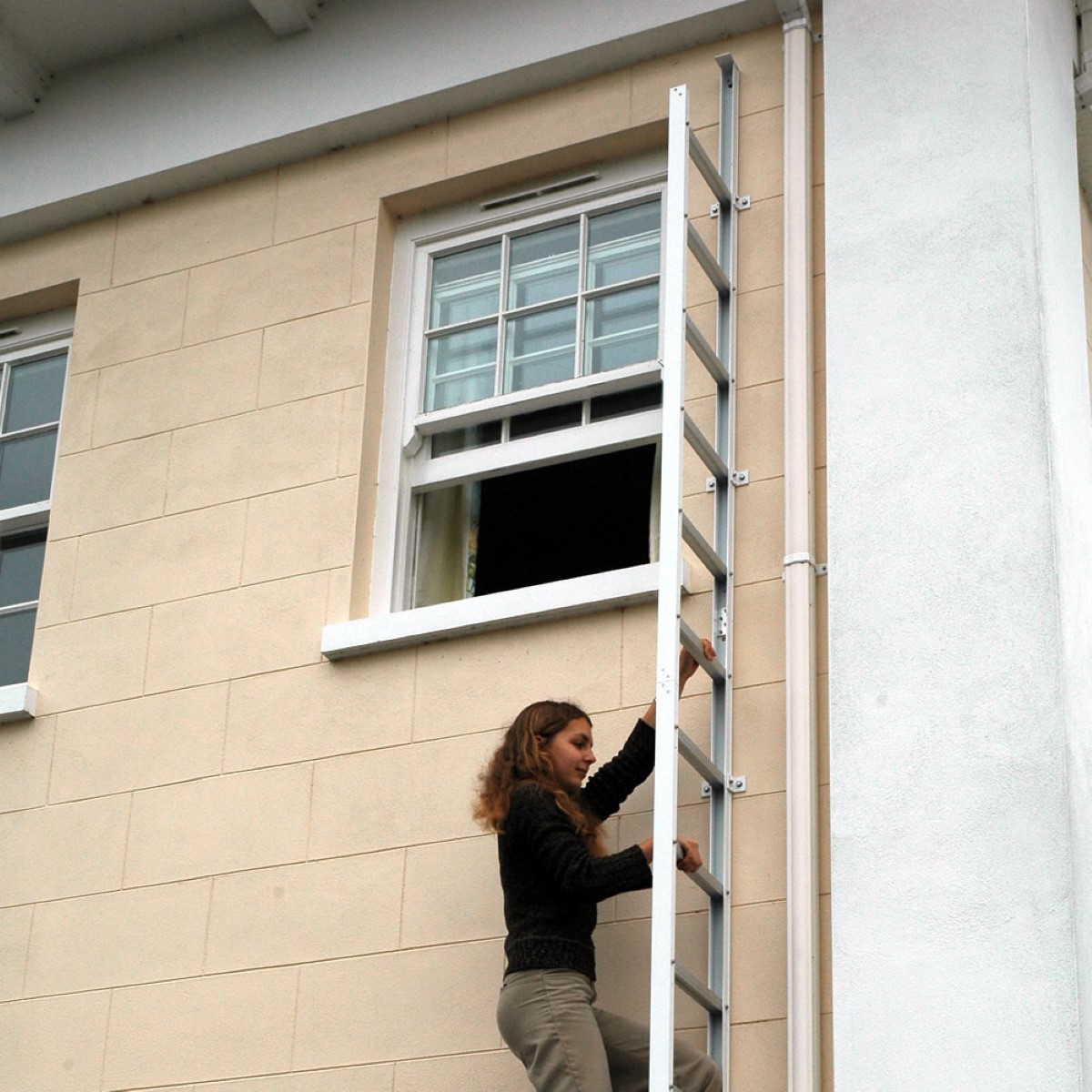

Articles
How To Use Fire Escape Ladder
Modified: January 4, 2024
Learn how to use a fire escape ladder safely and effectively with our informative articles. Get expert tips and advice to ensure your family's safety during emergencies.
(Many of the links in this article redirect to a specific reviewed product. Your purchase of these products through affiliate links helps to generate commission for Storables.com, at no extra cost. Learn more)
Introduction
A fire emergency can happen at any time, and it is crucial to be prepared with the necessary tools and knowledge to protect yourself and your loved ones. One essential tool for fire safety is a fire escape ladder. During a fire, when the conventional exit routes may be inaccessible, a fire escape ladder provides a safe and quick way to evacuate a building from higher floors.
In this article, we will explore the importance of fire escape ladders, how to choose the right one for your needs, the installation process, and the steps to effectively use a fire escape ladder. Additionally, we will discuss important safety precautions that should be followed during a fire escape and the maintenance practices required to ensure the ladder remains reliable.
By understanding and implementing these guidelines, you can be better prepared to face a fire emergency and protect yourself and your family.
Key Takeaways:
- Choosing the right fire escape ladder is crucial for your safety. Consider factors like length, weight capacity, and ease of use to ensure you have a reliable means of escape during a fire emergency.
- Regular maintenance and practice are essential for fire escape ladder readiness. By inspecting, cleaning, and familiarizing yourself with the ladder, you can increase your chances of a safe evacuation during a fire.
Read more: Who Invented The Fire Escape Ladder
Understanding Fire Escape Ladders
Fire escape ladders are specially designed emergency exit devices that are used to quickly and safely evacuate from upper floors in the event of a fire or other emergencies. They are typically made of durable materials such as steel or aluminum and are designed to be lightweight, portable, and easy to deploy.
There are two main types of fire escape ladders: portable and fixed. Portable ladders are compact and can be easily stored in closets or under beds, making them ideal for residential use. They usually come in two or three-story options, with each section folding onto the other for easy storage. Fixed ladders, on the other hand, are permanently attached to the exterior of a building and are typically used in commercial or multi-story buildings.
The length of the fire escape ladder is an important consideration. It should be long enough to reach the ground from each floor of your building. Most portable fire escape ladders have a length of 15 to 25 feet, while fixed ladders can vary depending on the height of the building.
Fire escape ladders are equipped with hooks or brackets that can be securely attached to a windowsill, balcony railing, or other sturdy fixtures. They also feature steps or rungs that provide a stable platform for climbing down. Some ladders have anti-slip coatings or textured surfaces to ensure a secure grip, even in emergency situations.
Understanding the different types and features of fire escape ladders is essential for choosing the right one for your needs. By having a clear understanding of their purpose and functionality, you can make an informed decision that will enhance your safety during a fire emergency.
Choosing the Right Fire Escape Ladder
When it comes to fire safety, choosing the right fire escape ladder is crucial. Here are some factors to consider when selecting a fire escape ladder:
- Length: Ensure that the ladder is long enough to reach the ground from the upper floors of your building. Measure the height of your windows or balcony to determine the required length of the ladder.
- Type: Decide whether you need a portable or fixed fire escape ladder. Portable ladders are ideal for residential use, while fixed ladders are more commonly used in commercial or multi-story buildings.
- Weight Capacity: Consider the weight capacity of the ladder to ensure it can safely support the number of people who may need to use it during an emergency. Most fire escape ladders have a weight capacity of around 250 to 300 pounds.
- Construction: Look for fire escape ladders made from durable materials such as steel or aluminum, as they offer better stability and longevity. Consider the quality of the hooks or brackets used to attach the ladder to the building.
- Ease of Use: Choose a ladder that is easy to deploy and use, especially during times of panic and stress. Look for models with clear instructions and simple mechanisms for quick and hassle-free installation.
- Storage: Consider the storage options for the ladder. Portable ladders should be compact and easy to store in a convenient location within your home, such as a closet or under a bed.
- Reviews and Ratings: Read reviews and check the ratings of different fire escape ladder models. This will give you insights into the experiences of other users and help you make an informed decision.
Taking the time to research and choose the right fire escape ladder is essential for your safety and the safety of your family. By considering these factors, you can select a ladder that meets your specific requirements and ensures a reliable and effective means of escape during a fire emergency.
Installing a Fire Escape Ladder
Installing a fire escape ladder is an important step in ensuring your home is equipped with a reliable means of emergency exit. Here are the general steps to follow when installing a fire escape ladder:
- Assess the Placement: Determine the best location for installing the fire escape ladder. Look for a window or balcony that provides easy access to the ground or a safe landing area.
- Gather the Tools: Gather all the necessary tools and equipment needed for installation. This may include a measuring tape, drill, screws, brackets, and any additional hardware that comes with the ladder.
- Follow the Manufacturer’s Instructions: Read and follow the manufacturer’s instructions provided with the fire escape ladder. This will ensure that you install it correctly and according to the specific requirements of the ladder model.
- Secure the Brackets or Hooks: Attach the brackets or hooks provided with the ladder to the designated window frame or balcony railing. Make sure they are securely fastened and can hold the weight of the ladder and individuals using it.
- Test the Stability: Before fully installing the ladder, test its stability by applying some weight or gently pulling on it. Ensure that it is securely anchored and will not detach or collapse during use.
- Double-Check the Installation: Once the ladder is properly installed, double-check all the connections and attachments to ensure everything is secure and in place.
- Inform Household Members: Educate all members of your household about the presence and location of the fire escape ladder. This will ensure everyone is aware of its existence and how to use it in case of an emergency.
- Practice Exit Procedures: Regularly conduct fire drills and practice using the fire escape ladder. This will familiarize everyone with its operation and help eliminate panic or confusion during an actual emergency.
It is important to note that the process of installing a fire escape ladder may vary depending on the specific model and manufacturer’s instructions. Always refer to the provided guidelines and consult a professional if needed. By following these installation steps, you can ensure that your fire escape ladder is properly installed and ready to use in case of an emergency.
Familiarizing Yourself with the Fire Escape Ladder
It is crucial to familiarize yourself with the fire escape ladder in your home to ensure you can quickly and confidently use it in an emergency situation. Here are some important steps to take to familiarize yourself with the fire escape ladder:
- Read the Instructions: Start by thoroughly reading the manufacturer’s instructions that come with the fire escape ladder. Familiarize yourself with the proper operation and deployment of the ladder.
- Inspect the Ladder: Inspect the ladder for any signs of damage or wear. Check that the hooks or brackets are securely attached and that the ladder rungs are intact and in good condition.
- Practice Deployment: Practice deploying the ladder in a safe and controlled environment. Familiarize yourself with the steps involved, such as releasing the locking mechanism and extending the ladder.
- Ensure Stable Anchoring: Verify that the hooks or brackets can be easily and securely attached to the designated location outside the window or balcony. Confirm that they provide a stable anchoring point for the ladder.
- Practice Climbing: After deploying the ladder, practice climbing down from a safe height. Get comfortable with the ladder’s rungs and the feeling of descending safely.
- Time Yourself: Time yourself from the moment you deploy the ladder until you reach the ground. This will give you an idea of how long it takes and can help you gauge your speed during an actual emergency.
- Make Adjustments: If necessary, make adjustments to the ladder deployment process to optimize your efficiency and comfort. Remember that every second matters during an emergency, so practice until you feel confident.
- Communicate the Plan: Share the fire escape plan with everyone in your household. Ensure that each person understands the location of the ladder, how to deploy it, and the designated evacuation route.
Regularly reviewing and practicing the use of the fire escape ladder will help you build muscle memory and ensure a quicker response time during a real emergency. Remember to involve all members of your household in the practicing process so that everyone is familiar and comfortable with the ladder’s operation and use.
When using a fire escape ladder, make sure to practice deploying it from a lower level first. Familiarize yourself with the instructions and ensure all family members know how to use it in case of an emergency.
Read also: 13 Amazing Fire Escape Ladder for 2024
Steps to Use a Fire Escape Ladder
In the event of a fire emergency, it is essential to know how to safely and effectively use a fire escape ladder. Here are the steps to follow when using a fire escape ladder:
- Stay Calm and Assess the Situation: Keep calm and assess the situation to determine if it is safe to use the fire escape ladder. If there is heavy smoke or flames blocking the exit, consider alternative escape routes.
- Retrieve the Fire Escape Ladder: Retrieve the fire escape ladder from its designated storage location. If it is a portable ladder, unfold it or expand it to its full length.
- Attach the Ladder: Attach the ladder hooks or brackets securely to the window sill or balcony railing. Ensure that the ladder is properly anchored and will not dislodge during use.
- Test the Stability: Give the ladder a gentle tug to test its stability and to ensure that it is properly secured to the building. It should be able to support your weight without any signs of instability.
- Lower the Ladder: Lower the ladder out of the window or over the balcony edge, extending it fully until it touches the ground. Ensure that it is positioned at a safe angle for easy descent.
- Face the Ladder and Position Yourself: Stand facing the ladder and position yourself so that your body is towards the ladder and your feet are on the rungs.
- Hold onto the Rungs: Hold onto the ladder rungs with both hands, ensuring a firm grip. Carefully step onto the ladder, ensuring that your weight is evenly distributed.
- Descend Slowly and Carefully: Begin descending the ladder slowly and carefully, maintaining a steady grip and footing on each rung. Take one step at a time, avoiding any sudden movements.
- Look Downwards: Look down towards the ground as you descend, keeping your feet aligned with the ladder rungs to maintain balance and stability.
- Reach the Ground: Continue descending until you reach the ground safely. Once on the ground, move away from the building to a safe distance.
It is important to practice using a fire escape ladder regularly to ensure that you are comfortable with the steps and can execute them quickly during an emergency. By following these steps, you will be able to safely evacuate from an upper floor and increase your chances of survival in a fire emergency.
Safety Precautions during Fire Escape
When using a fire escape ladder, it is vital to prioritize safety to minimize the risks involved. Here are some essential safety precautions to follow during a fire escape:
- Stay Low: In the event of a fire, the smoke and toxic gases rise, making the air closest to the ground less hazardous. Crawl or stay as low as possible while exiting to minimize smoke inhalation.
- Wear Protective Gear: If available, put on a cloth or towel over your mouth and nose to filter out some of the smoke particles. Additionally, dress in appropriate clothing to protect yourself from flames or hot surfaces.
- Keep Exits Clear: Ensure that all exits, including windows and doors, are free from any obstructions. Remove any furniture or objects that could impede your path during a fire escape.
- Do Not Jump: Avoid jumping from an elevated height, as it can lead to severe injuries. Always use a fire escape ladder or another safe means of descent.
- Communicate with Others: If you are escaping with others, communicate and coordinate your actions. Help each other to ensure everyone safely reaches the ground.
- Don’t Return to the Building: Once you have safely exited the building using the fire escape ladder, do not go back inside for any reason. Continue moving away from the building to a safe location and wait for emergency personnel.
- Practice Fire Drills: Regularly conduct fire drills with your household members to ensure everyone knows what to do in case of a fire. Practice using the fire escape ladder and familiarize everyone with the evacuation plan.
- Call for Help: As soon as you reach a safe location, call the emergency services to report the fire and provide them with the necessary details about your location and situation.
- Follow Established Routes: If there are established evacuation routes or emergency evacuation plans in your building, follow them. Familiarize yourself with the marked exits in your building to speed up the evacuation process.
- Stay Clear of Power Lines: As you descend the fire escape ladder, be mindful of any power lines or electrical hazards. Keep a safe distance to avoid the risk of electric shock.
Remember, personal safety should always be the top priority during a fire escape. By following these safety precautions, you can minimize the risks and increase your chances of safely evacuating a building using a fire escape ladder.
Maintenance and Inspection of Fire Escape Ladders
Maintaining and inspecting your fire escape ladder regularly is crucial to ensure its reliability and functionality. By following these maintenance practices, you can be confident that your fire escape ladder will be ready for use in an emergency:
- Read the Manufacturer’s Guidelines: Familiarize yourself with the maintenance recommendations provided by the ladder manufacturer. Follow their guidelines to ensure proper care and maintenance.
- Clean and Remove Debris: Regularly clean the ladder to remove any dirt, debris, or other substances that may affect the ladder’s function. Pay particular attention to the hooks or brackets and the rungs of the ladder.
- Inspect for Damage: Conduct regular visual inspections of the ladder to identify any signs of damage or wear. Look for bent or broken rungs, loose connections, or frayed ropes. If any damage is found, repair or replace the ladder immediately.
- Check for Rust or Corrosion: Inspect metal components for signs of rust or corrosion. Use a rust-resistant spray or lubricant to prevent and minimize rust formation.
- Test the Deployment Mechanism: Regularly test the ladder’s deployment mechanism to ensure smooth and quick operation. Check that the ladder easily extends and retracts without any obstructions or difficulties.
- Ensure Proper Storage: Store your fire escape ladder in a dry and easily accessible location. Avoid exposing it to extreme temperatures, direct sunlight, or moisture, as these factors can deteriorate the ladder’s materials.
- Verify Weight Capacity: Confirm that the ladder’s weight capacity meets the needs of your household. Ensure it can support the maximum weight it claims without compromising safety.
- Keep Instructions Handy: Keep the ladder’s instructions in an easily accessible location near the ladder itself. This way, all household members can quickly access the information when needed.
- Conduct Regular Drills: Practice using the fire escape ladder during regular drills to ensure that it is working properly and to familiarize yourself and your family with its operation.
- Professional Inspection: Consider having a professional inspect your fire escape ladder periodically. They can identify any hidden issues, provide maintenance tips, and ensure compliance with safety standards.
By maintaining and inspecting your fire escape ladder on a regular basis, you can ensure its reliability and functionality. Remember that the safety of yourself and your loved ones relies on a well-maintained and functioning fire escape ladder.
Conclusion
Fire safety is of paramount importance, and having a fire escape ladder in your home is a crucial step towards ensuring the protection of yourself and your loved ones in the event of a fire emergency. By understanding the different types of fire escape ladders, choosing the right one for your needs, and properly installing it, you can have peace of mind knowing that you have a reliable means of escape from upper floors.
It is equally important to familiarize yourself with the proper usage of the fire escape ladder. Regularly practicing and following the steps to safely descend the ladder will help you react swiftly and confidently during an actual emergency. Remember to prioritize safety by staying low, wearing protective gear, and ensuring clear exits.
Maintenance and inspection are essential for the longevity and effectiveness of your fire escape ladder. Regularly clean, inspect, and test the ladder to identify any signs of damage or wear. By staying proactive in maintaining your ladder, you can ensure that it remains in optimal condition to support your evacuation needs.
Lastly, educate all members of your household about the presence and location of the fire escape ladder. Conduct regular fire drills and practice using the ladder as part of your emergency preparedness plan. The more prepared you are, the better equipped you will be to handle a fire emergency effectively.
In conclusion, taking the time to understand, install, and maintain a fire escape ladder can make a significant difference in your ability to evacuate safely during a fire emergency. By following the guidelines outlined in this article, you can enhance your fire safety preparedness and protect the well-being of yourself and your loved ones.
Frequently Asked Questions about How To Use Fire Escape Ladder
Was this page helpful?
At Storables.com, we guarantee accurate and reliable information. Our content, validated by Expert Board Contributors, is crafted following stringent Editorial Policies. We're committed to providing you with well-researched, expert-backed insights for all your informational needs.

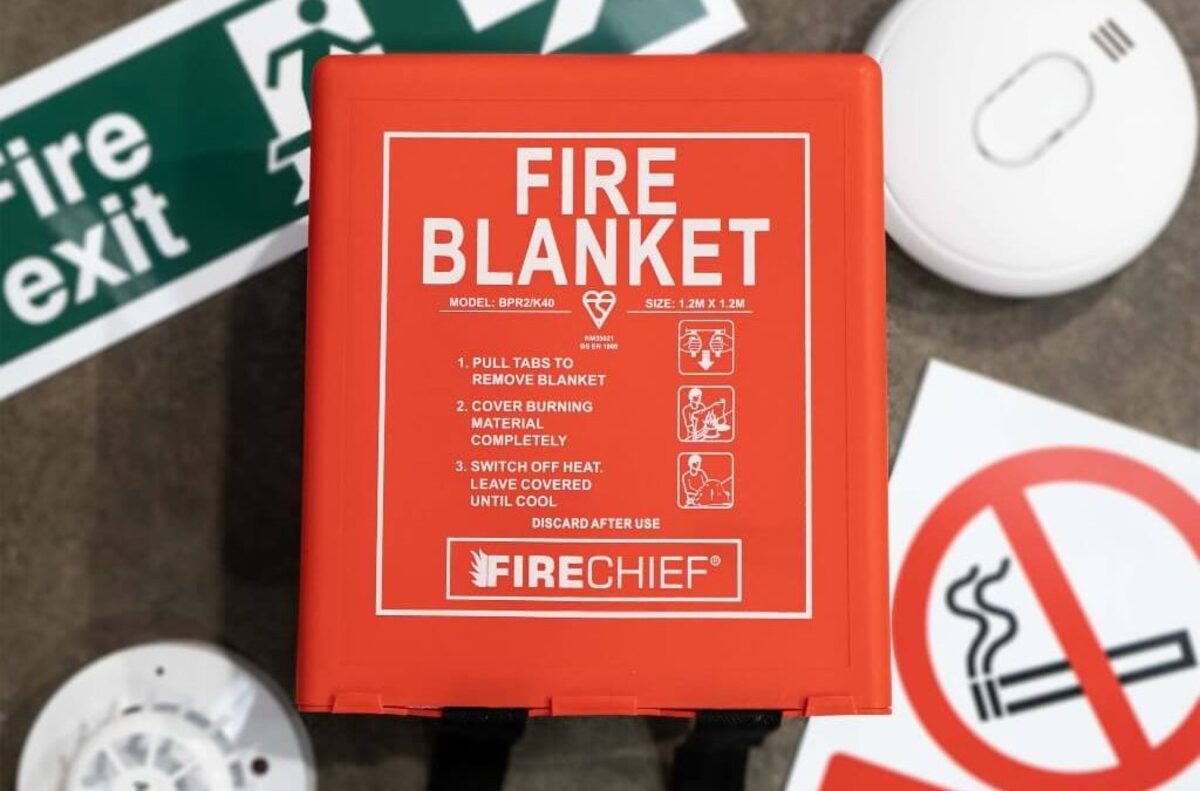
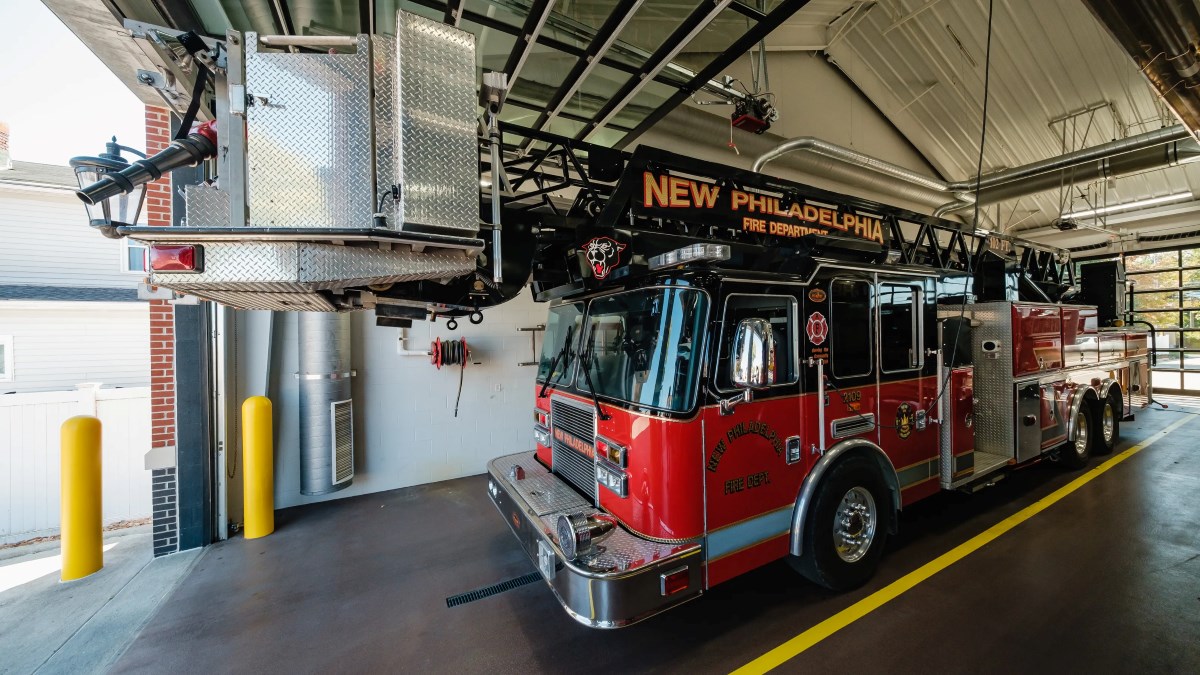
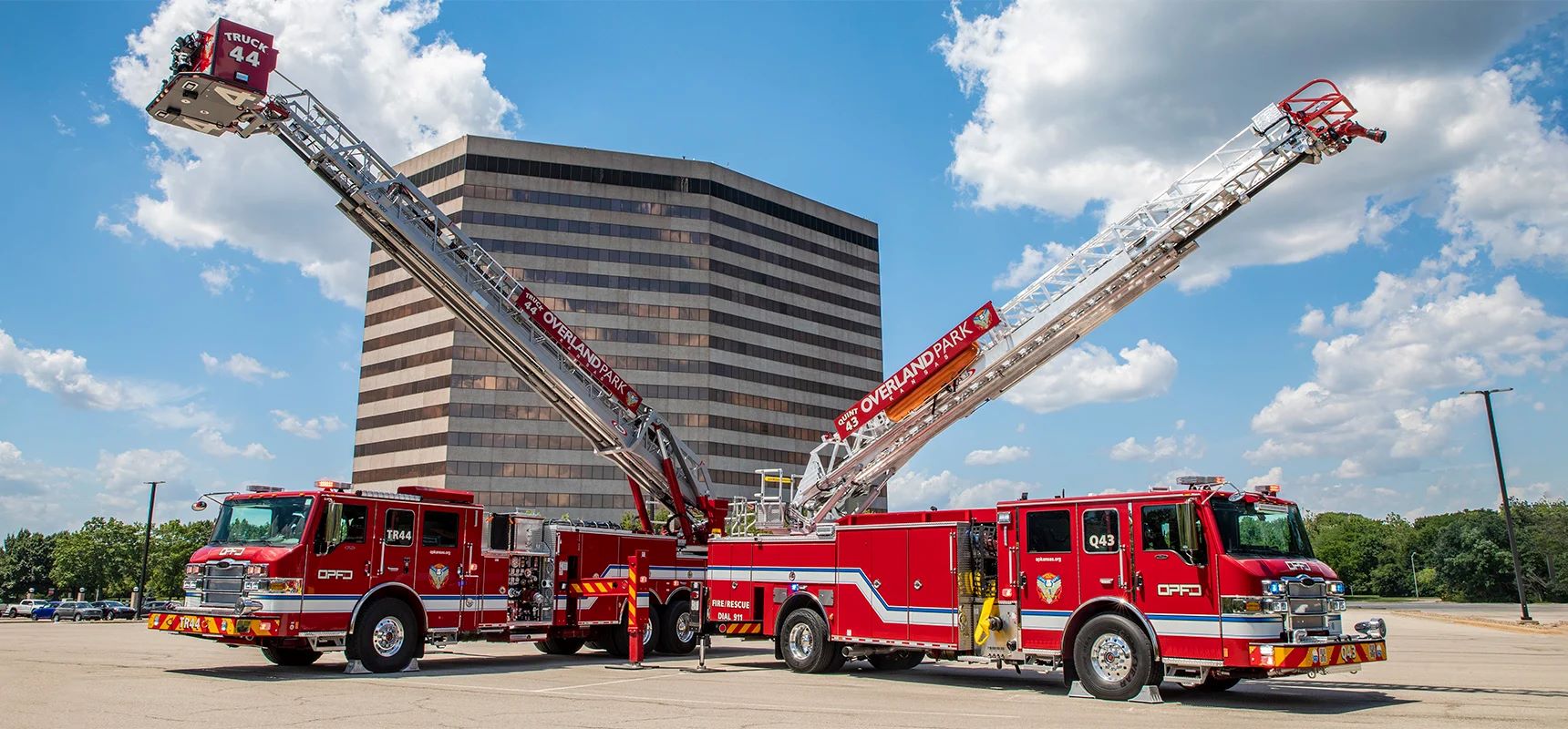
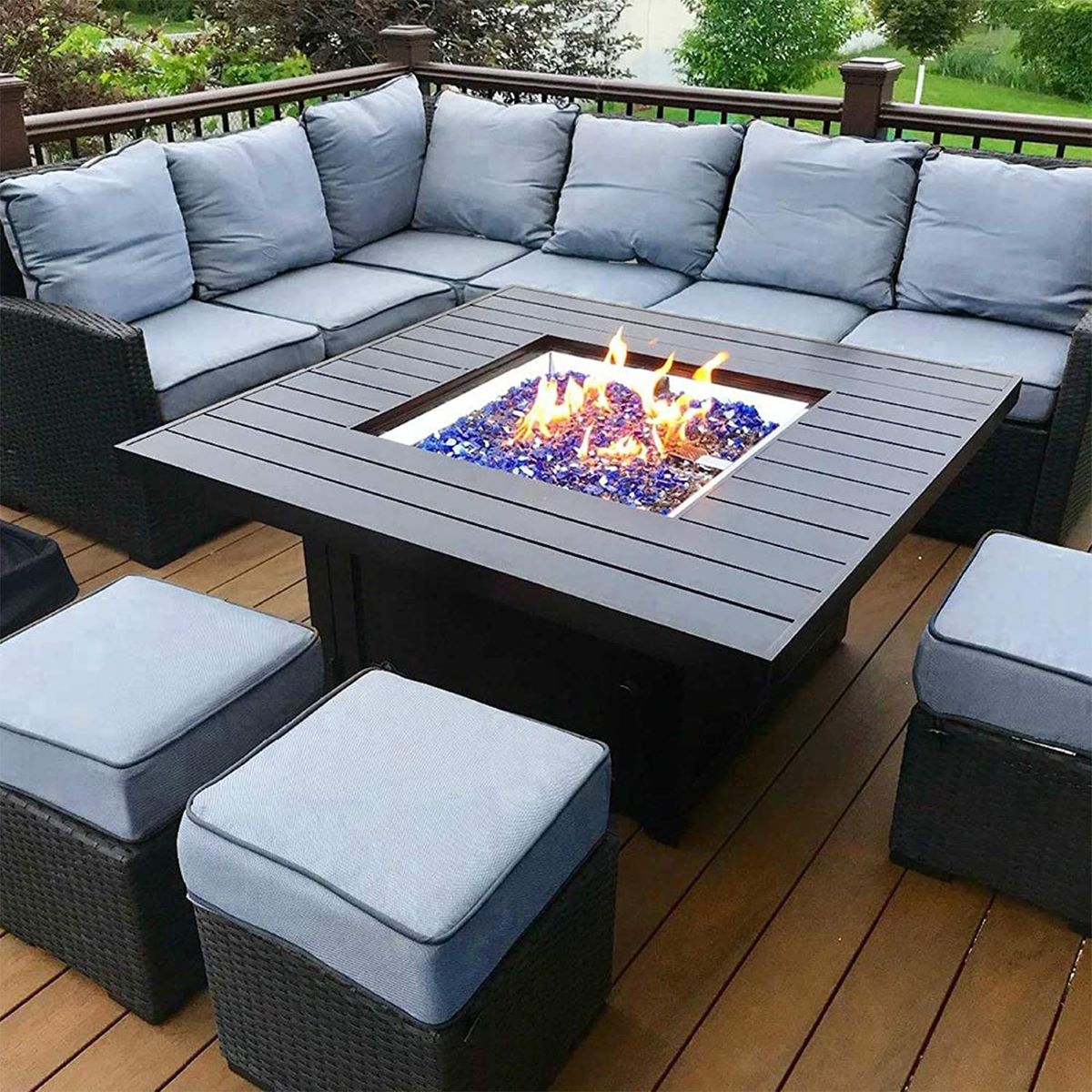

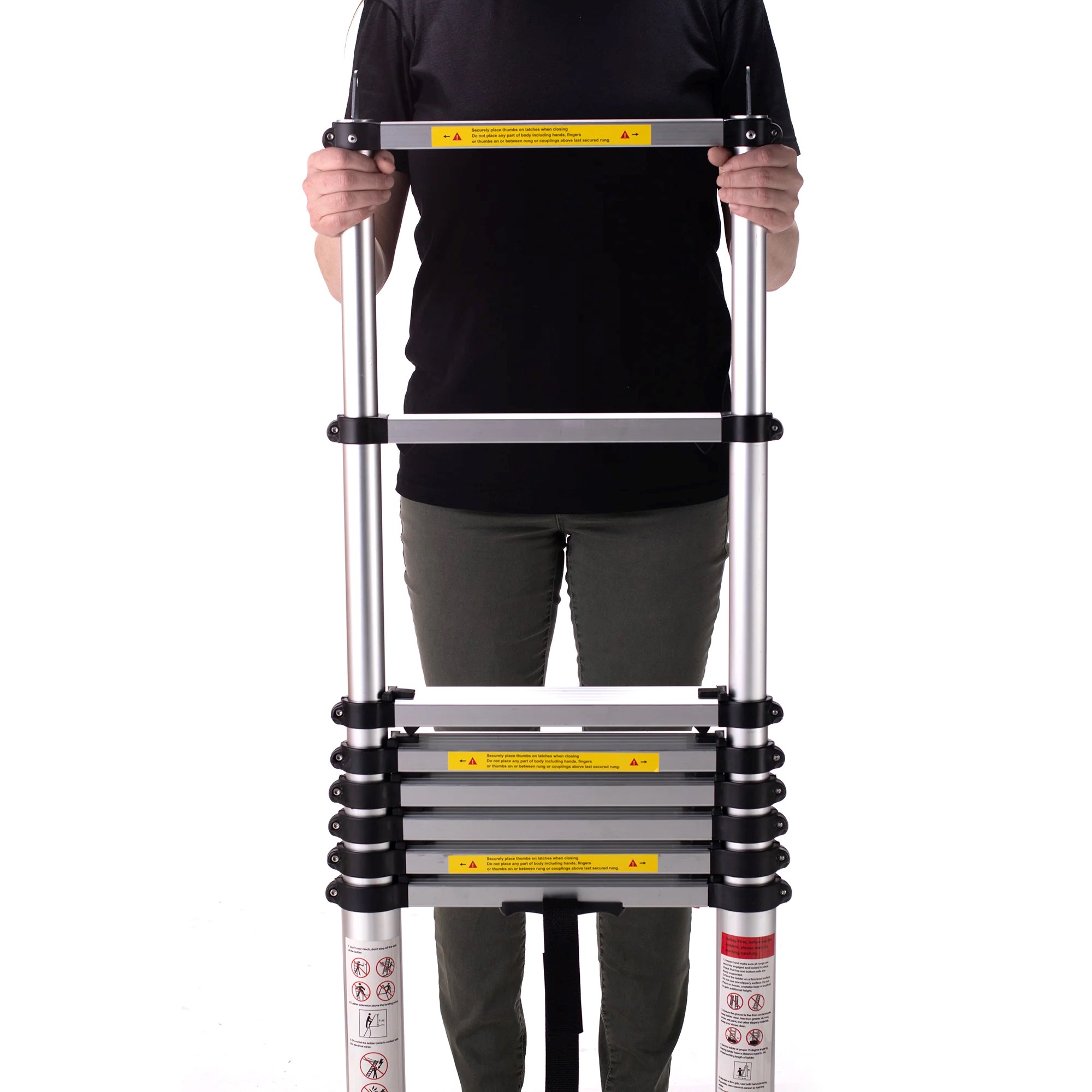
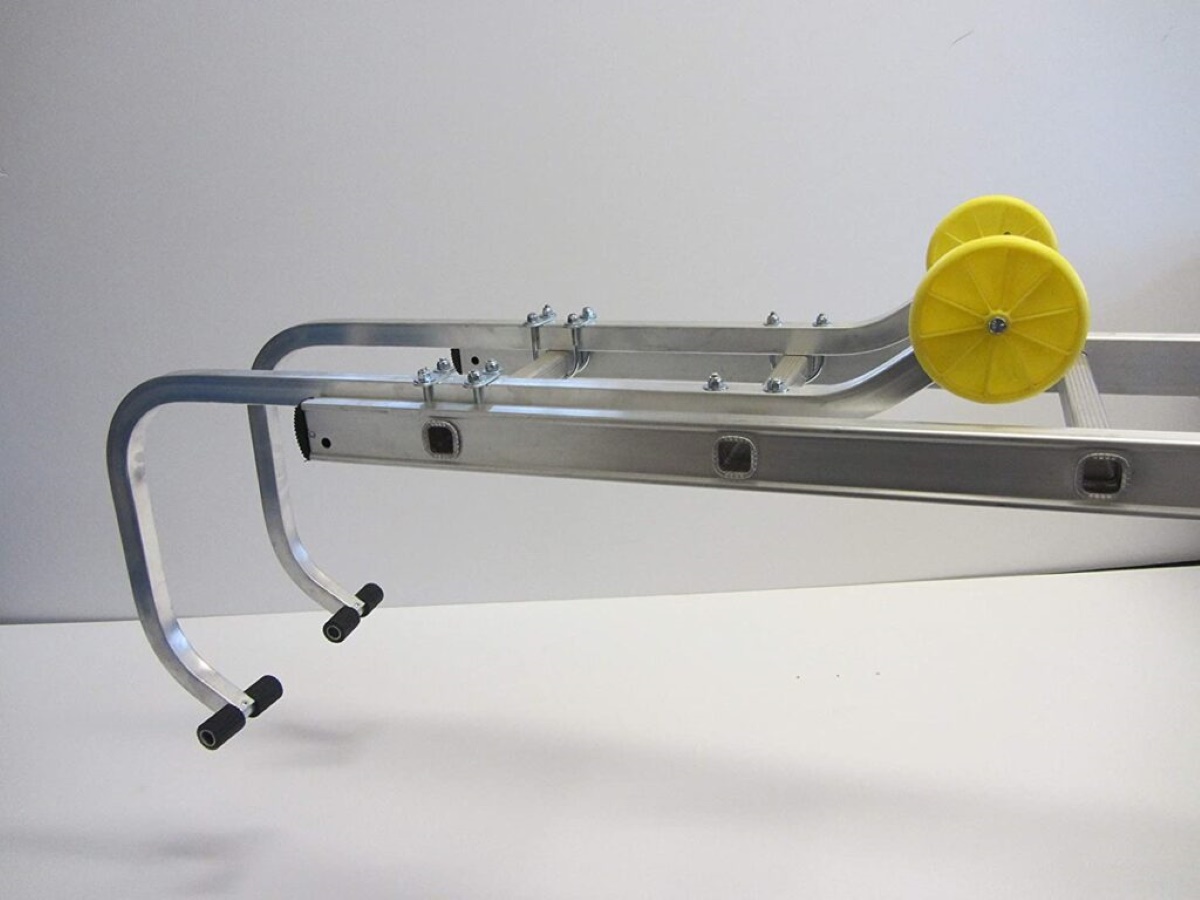
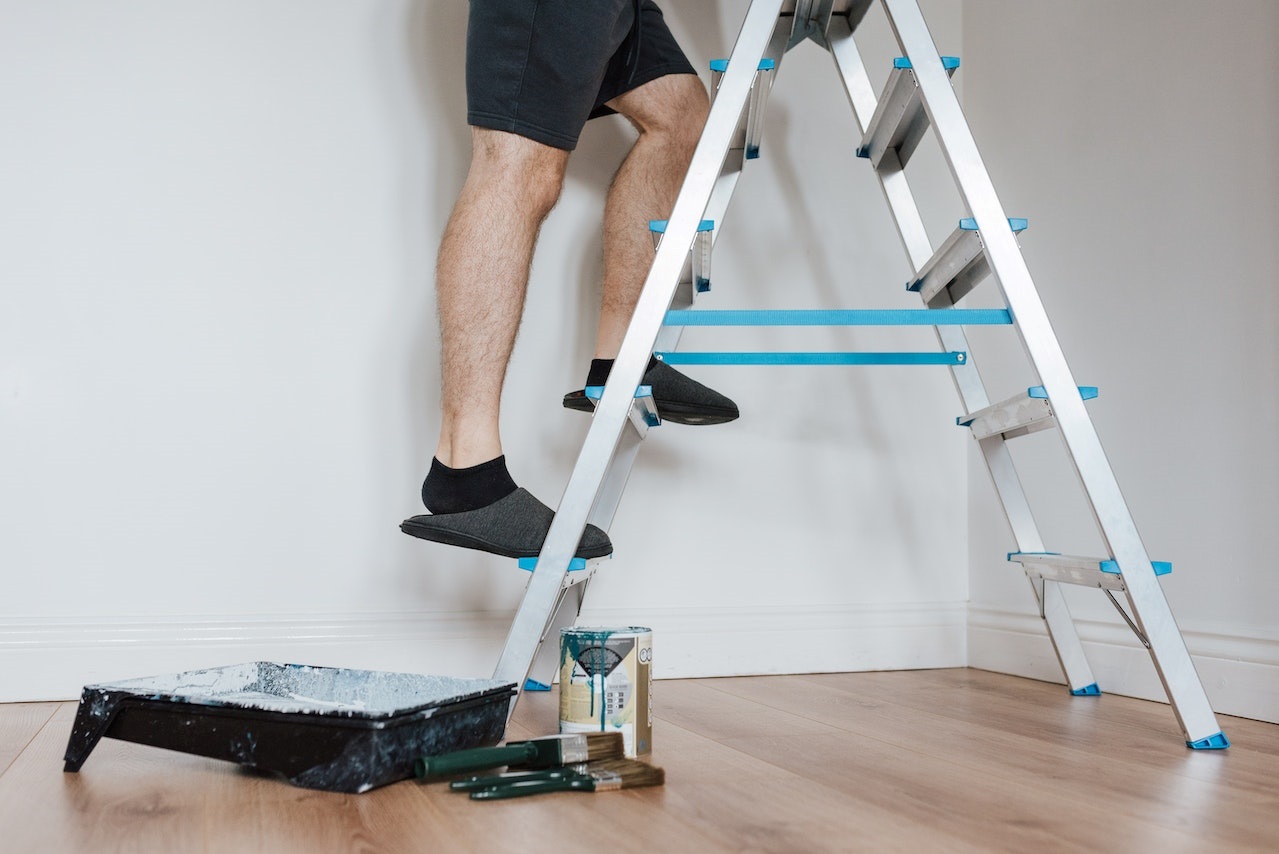
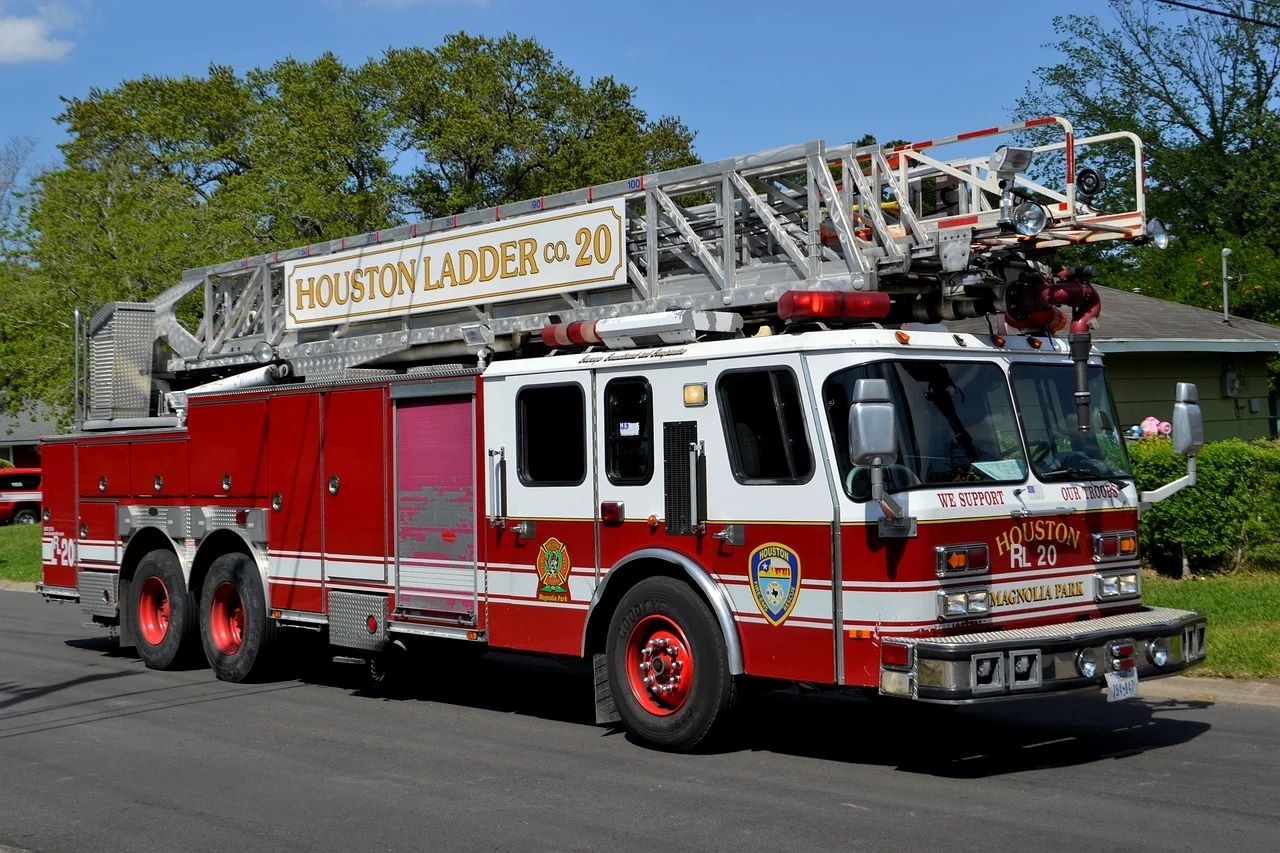
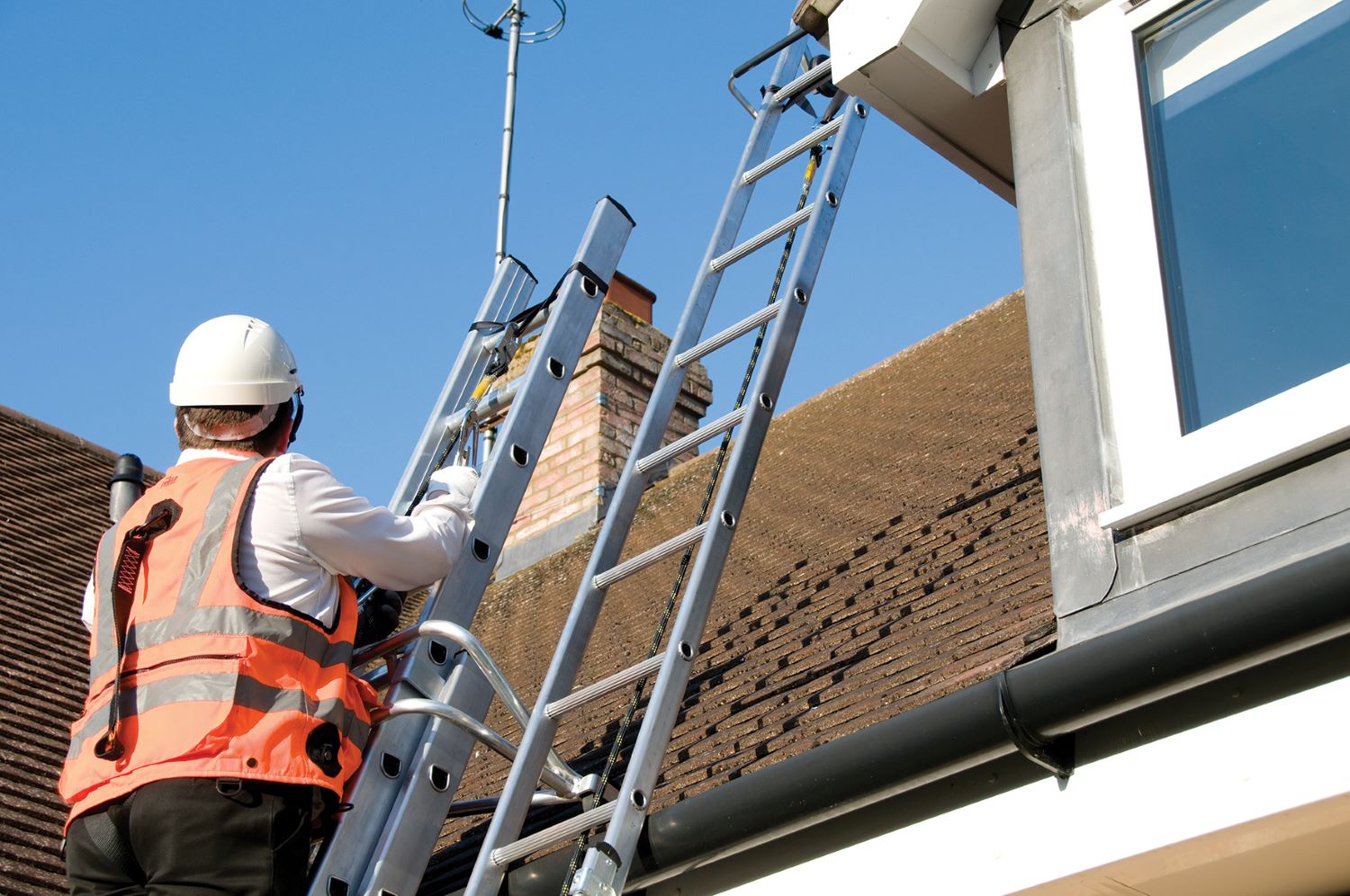
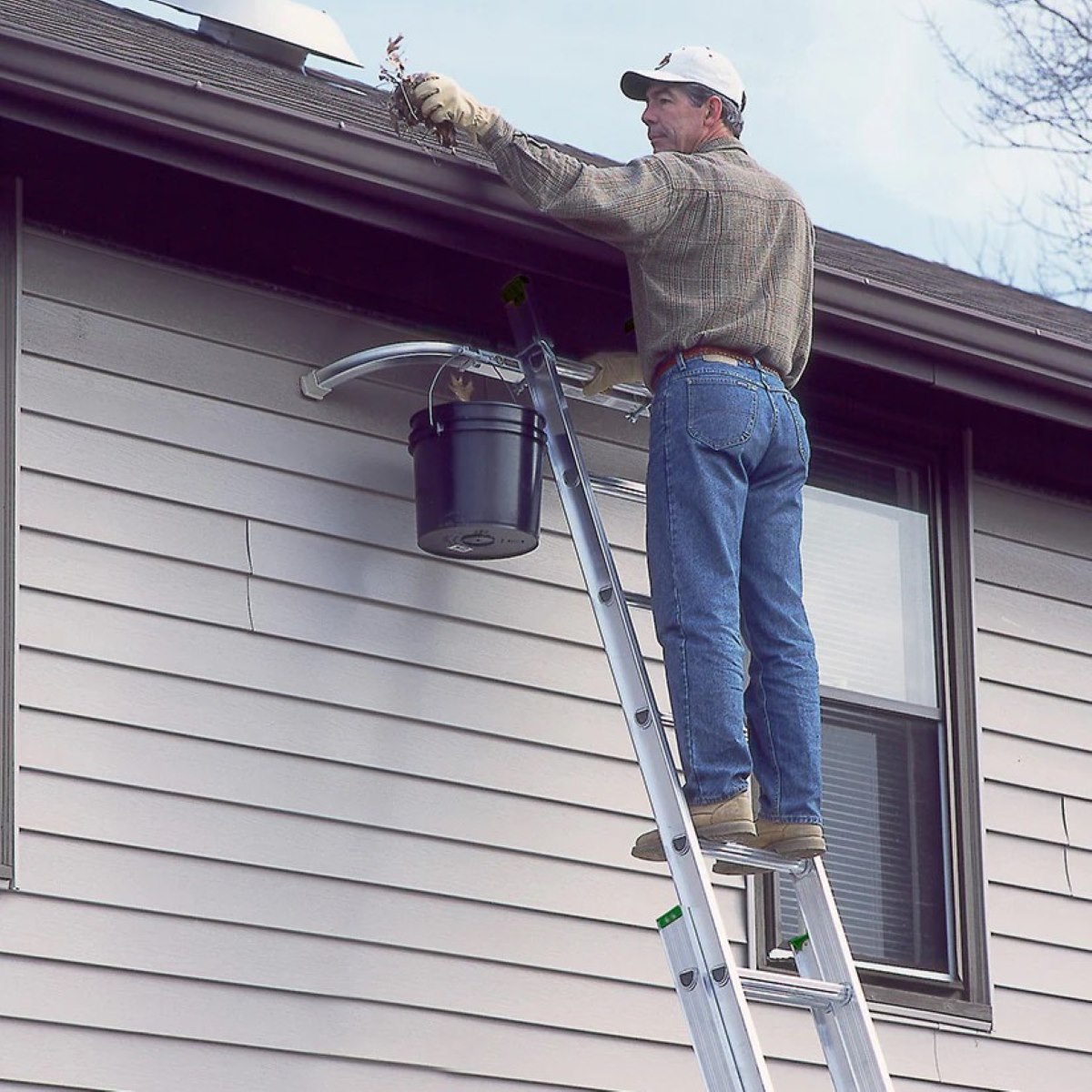
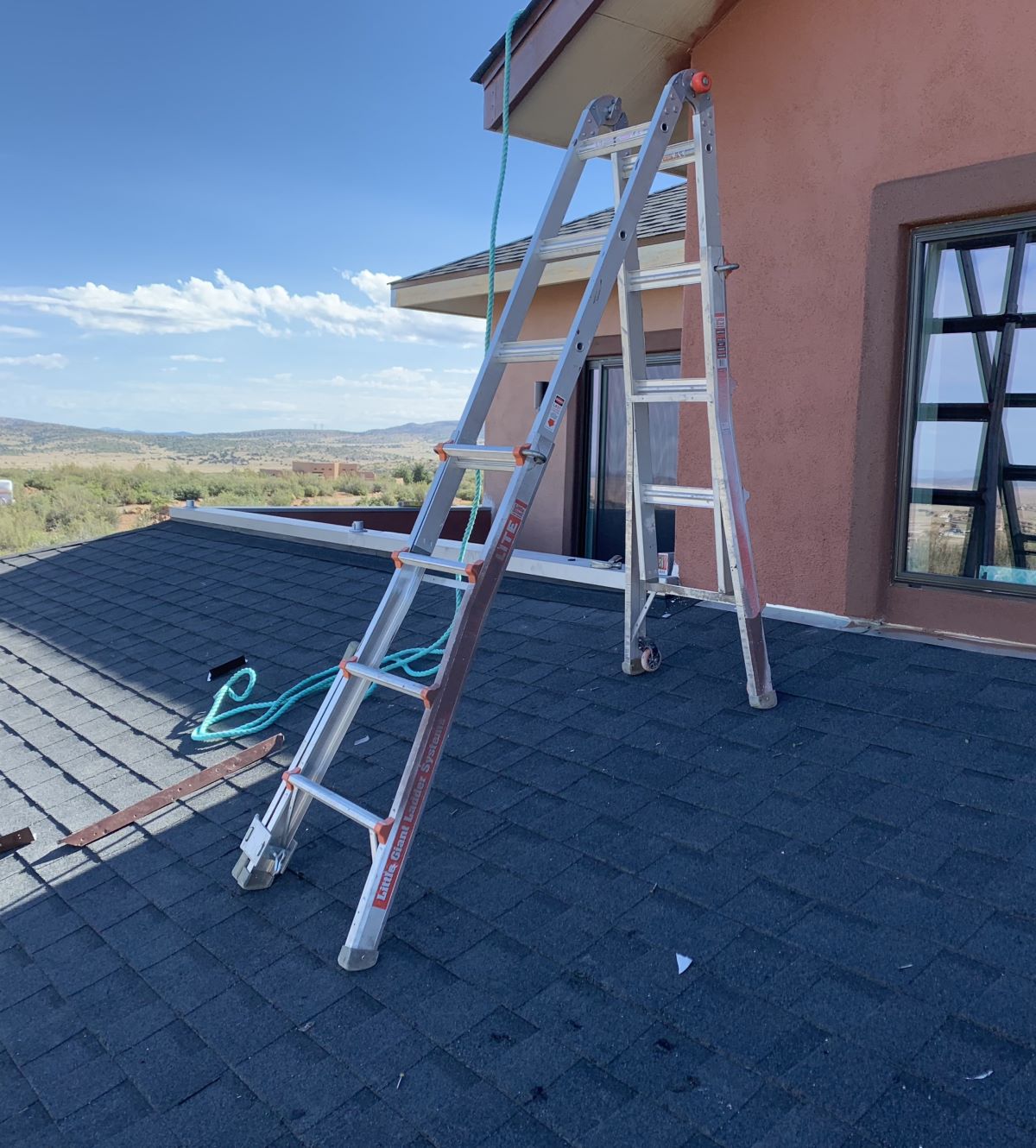
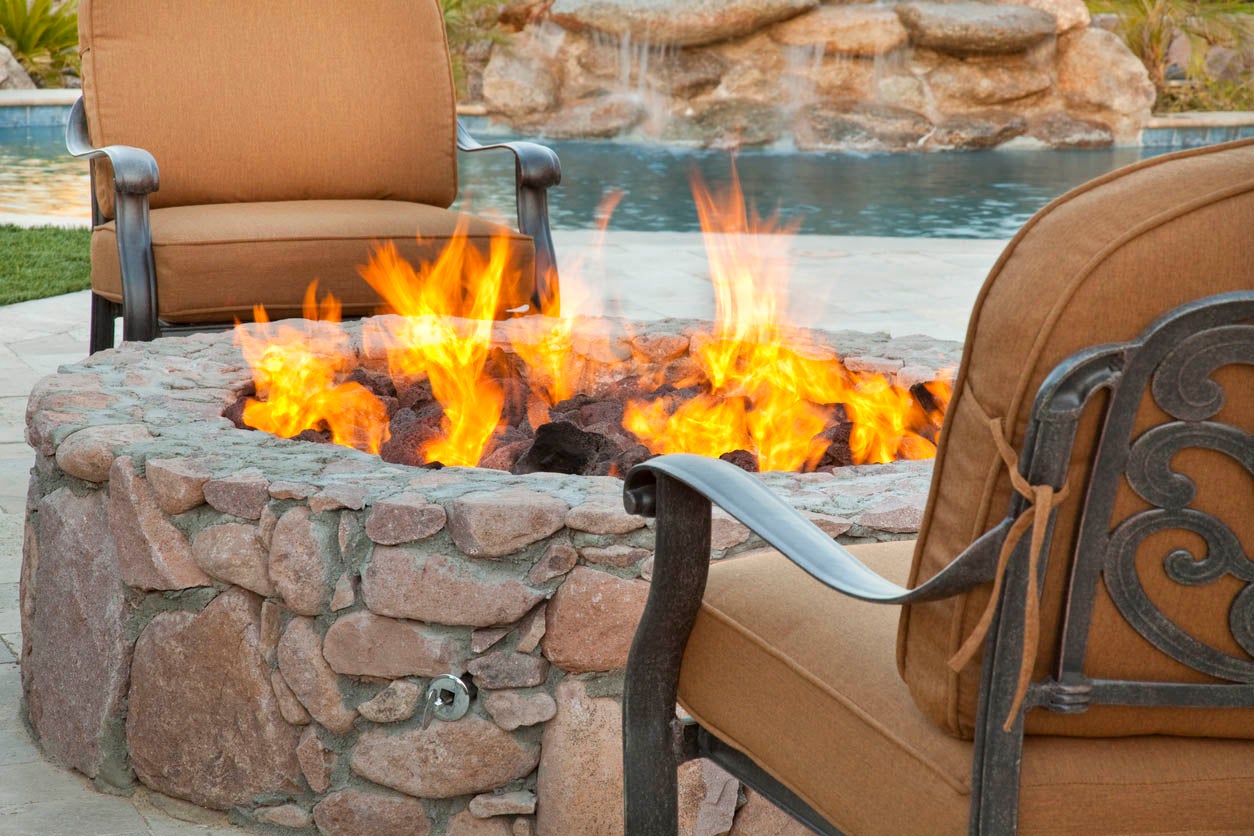

0 thoughts on “How To Use Fire Escape Ladder”